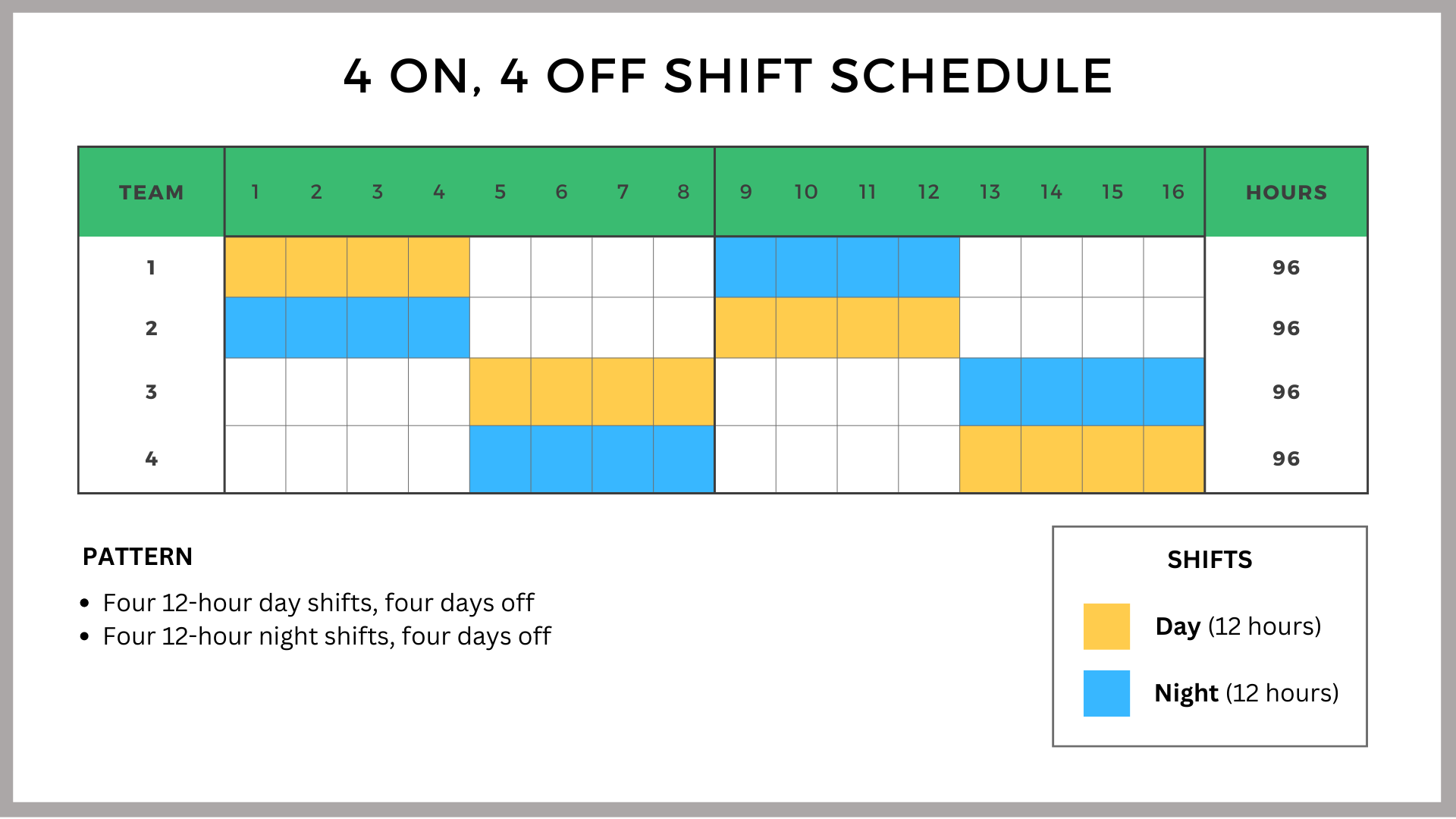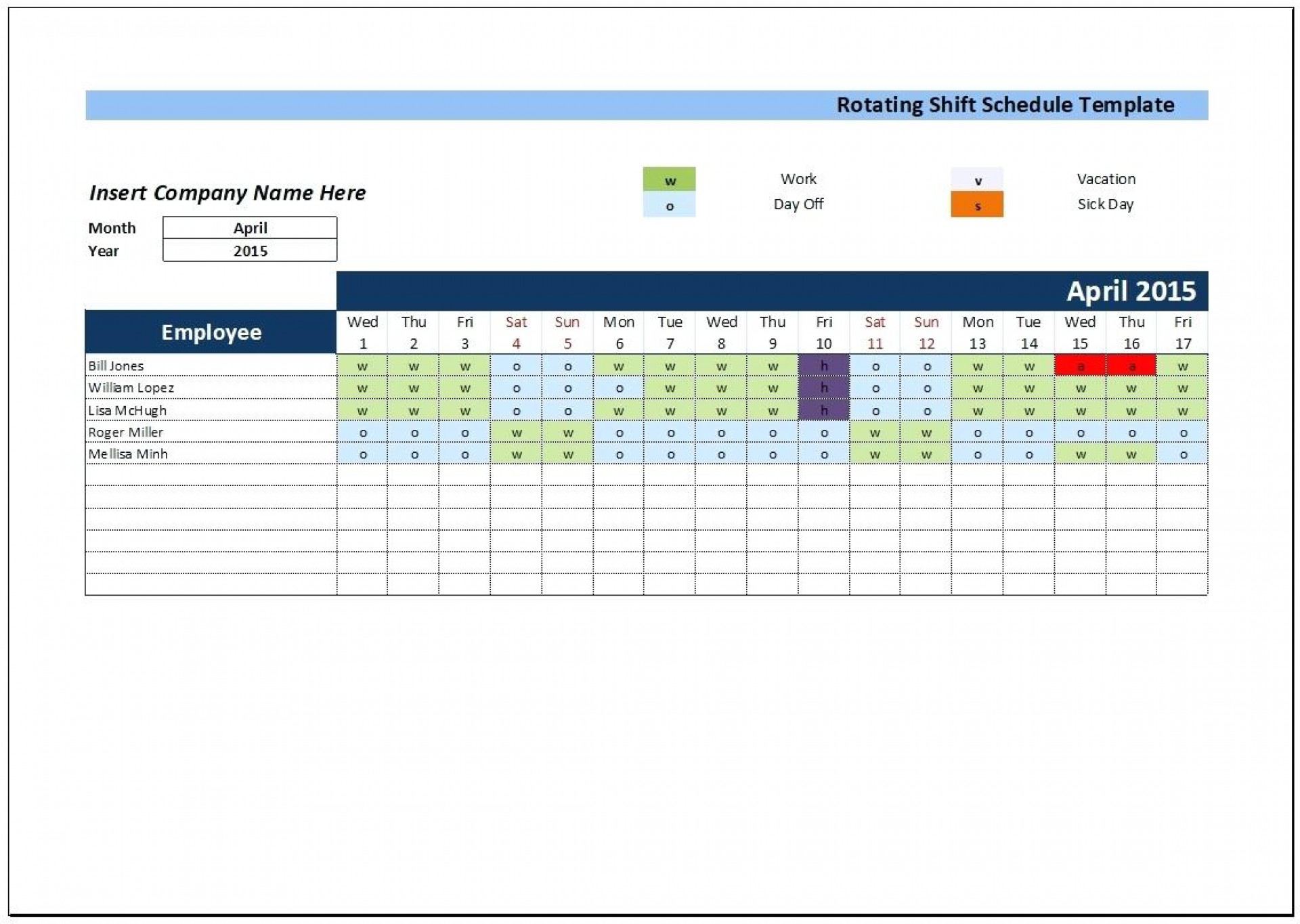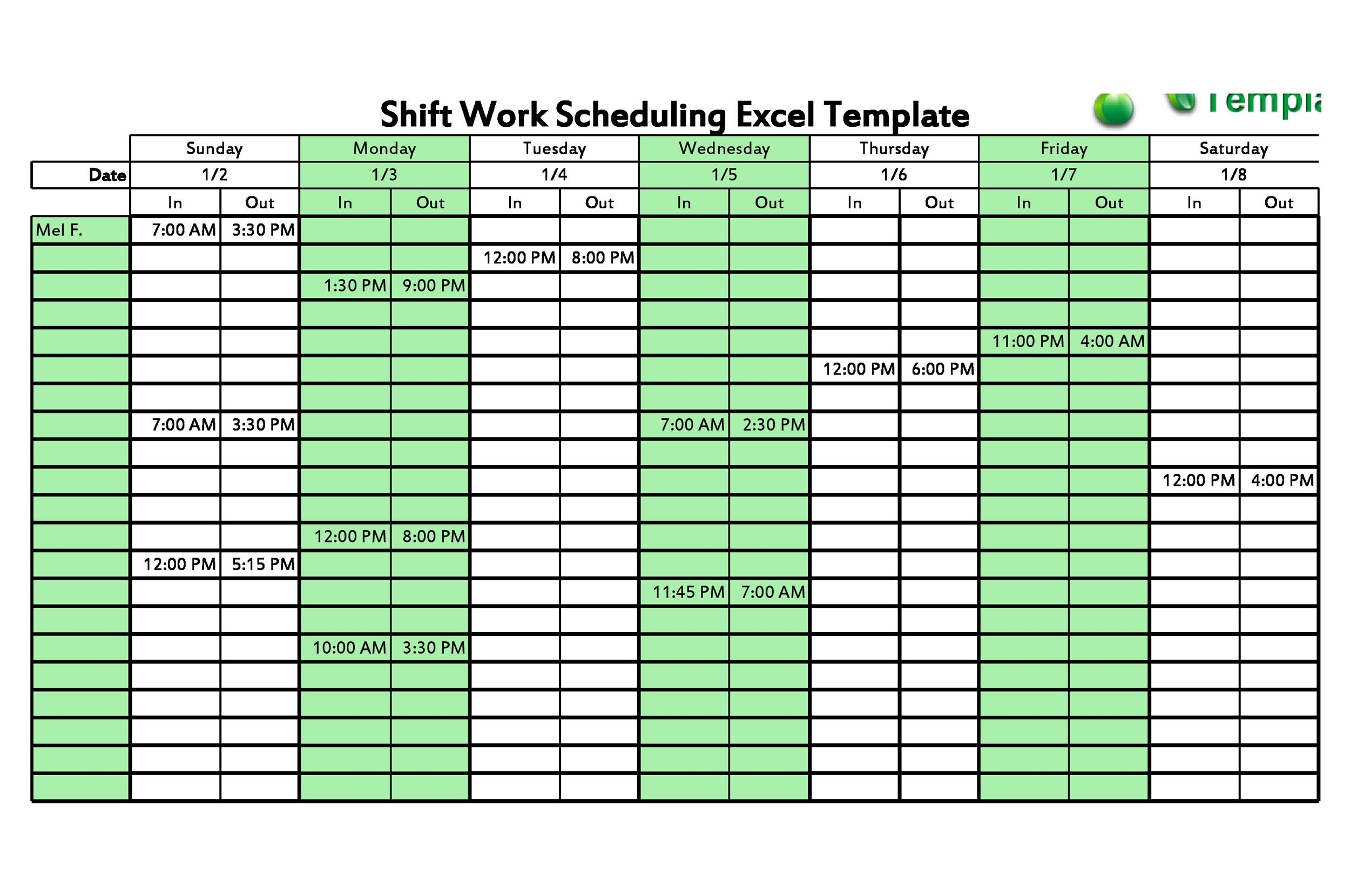
Implementing a 4-shift schedule is a strategic move for businesses seeking continuous coverage, especially in industries with 24/7 operations or high demand. This approach involves rotating employees through four shifts, including day, night, and off-duty periods, to ensure consistent staff presence and production.
By adopting this schedule, companies can achieve better work-life balance for employees, improve productivity, reduce employee burnout, minimize overtime costs, and optimize resource utilization.
What is a 4-Shift Schedule?
A 4-shift schedule is a staffing strategy that involves dividing the workday into four shifts to ensure round-the-clock coverage. This schedule typically includes morning, afternoon, evening, and overnight shifts, allowing employees to rotate through different time slots.
By implementing this system, businesses can maintain operational efficiency and meet the demands of a 24/7 work environment.
Why Use a 4-Shift Schedule?
There are several reasons why companies choose to implement a 4-shift schedule:
- Continuous Coverage. By having employees work in four shifts, businesses can ensure that there is always staff present to handle operations.
- Improved Productivity. With a well-organized schedule, employees are more likely to be focused and productive during their designated shifts.
- Reduced Employee Burnout. Rotating employees through different shifts can help prevent burnout by providing variety in work hours and responsibilities.
- Minimized Overtime. By distributing workload evenly across shifts, companies can reduce the need for overtime and lower labor costs.
- Optimized Resource Utilization. A 4-shift schedule allows for better utilization of resources, equipment, and facilities throughout the day and night.
How to Implement a 4-Shift Schedule
Creating a 4-shift schedule requires careful planning and consideration of various factors, including the nature of the business, employee preferences, and operational requirements. Here are some steps to help you successfully implement this schedule:
1. Assess Your Business Needs
Before designing a 4-shift schedule, evaluate your business’s operational requirements and identify the ideal number of employees needed for each shift.
2. Consider Employee Preferences
Take into account your employees’ preferences for shift times and rotations to ensure a fair and balanced schedule that promotes employee satisfaction.
3. Create a Rotation Pattern
Develop a rotation pattern that allows employees to switch between shifts regularly to prevent monotony and promote engagement.
4. Use Scheduling Software
Consider using scheduling software to automate the process of creating and managing a 4-shift schedule, making it easier to adjust and communicate changes to employees.
5. Communicate Effectively
Ensure that employees are informed about the 4-shift schedule, including shift times, rotations, and any changes, well in advance to avoid confusion and ensure smooth operations.
Examples of Successful Implementation




Tips for Successful Implementation
Here are some tips to help you successfully implement a 4-shift schedule:
- Plan. Take the time to plan and create a schedule that meets the needs of your business and employees.
- Flexibility. Be open to feedback and adjust the schedule as needed to accommodate changes in operations or employee preferences.
- Regular Communication. Keep employees informed about the schedule and any changes to ensure transparency and avoid confusion.
- Monitor Performance. Regularly evaluate the effectiveness of the 4-shift schedule and make adjustments to improve efficiency and productivity.
- Seek Employee Input. Involve employees in the scheduling process to ensure that their needs and preferences are taken into consideration.
By implementing a 4-shift schedule, businesses can achieve continuous coverage, improve productivity, reduce employee burnout, minimize overtime costs, and optimize resource utilization.
With careful planning, effective communication, and flexibility, companies can successfully implement this scheduling strategy to enhance operational efficiency and employee satisfaction.
4-Shift Schedule Template – Download